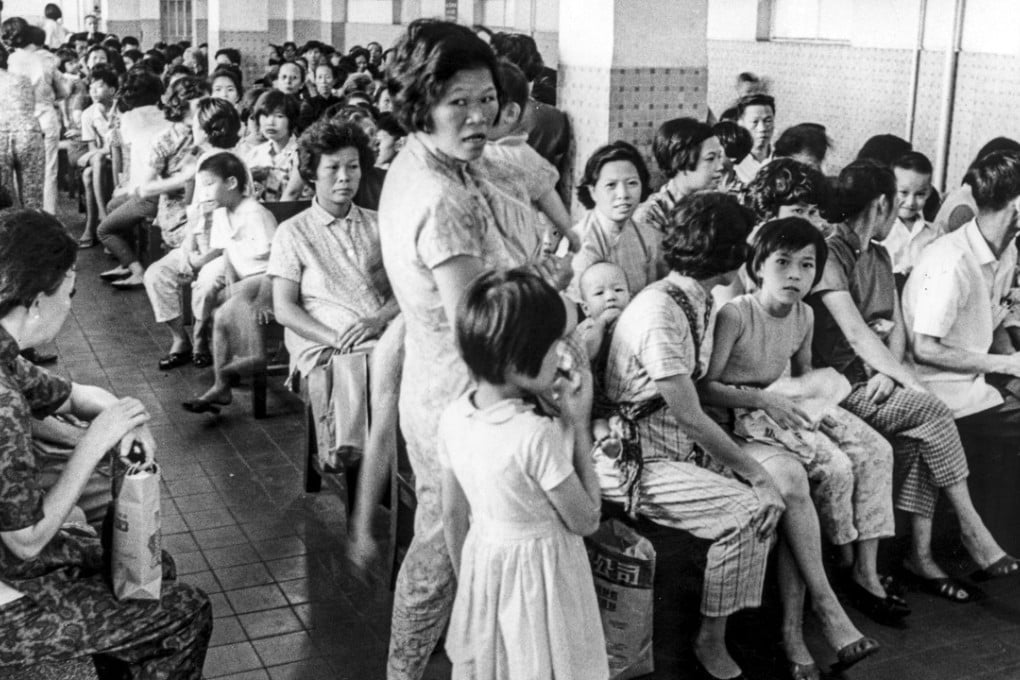How Hong Kong flu struck without warning 50 years ago, and claimed over a million lives worldwide
Known formally as H3N2, the flu strain was highly contagious, and left clinics in the city packed, with 500,000 people infected, before it steadily spread through Asia, Australia, Africa, South America, Europe and the US

Today, July 13, marks 50 years since the first case of Hong Kong flu was reported in the city. That was in 1968, and over the next six months the disease would claim more than one million lives as it spread to Vietnam, Singapore, India, the Philippines and on to Australia, Africa, South America and Europe.
America wasn’t immune either. The virus entered California via troops returning from the Vietnam war, but didn’t become widespread there until December 1968.
Worldwide, the deaths from Hong Kong flu peaked in December 1968 and January 1969.
Named Hong Kong flu because it originated in the then British colony, and known formally as H3N2, the strain infected about 500,000 residents of Hong Kong, or 15 per cent of the population.
While the strain had a relatively low mortality rate (the 1918-19 Spanish flu pandemic, for example, killed between 25 million and 50 million) it was highly contagious. Symptoms lasted four to five days, and in some cases up to two weeks. The infection caused upper respiratory symptoms typical of influenza, including chills, fever, muscle pain and weakness.

In a Post article published on July 24, 1968, an unnamed Hong Kong health official said while clinics were packed, there was little that could be done, and the best thing those infected could do was to go home and stay in bed until the condition improved.